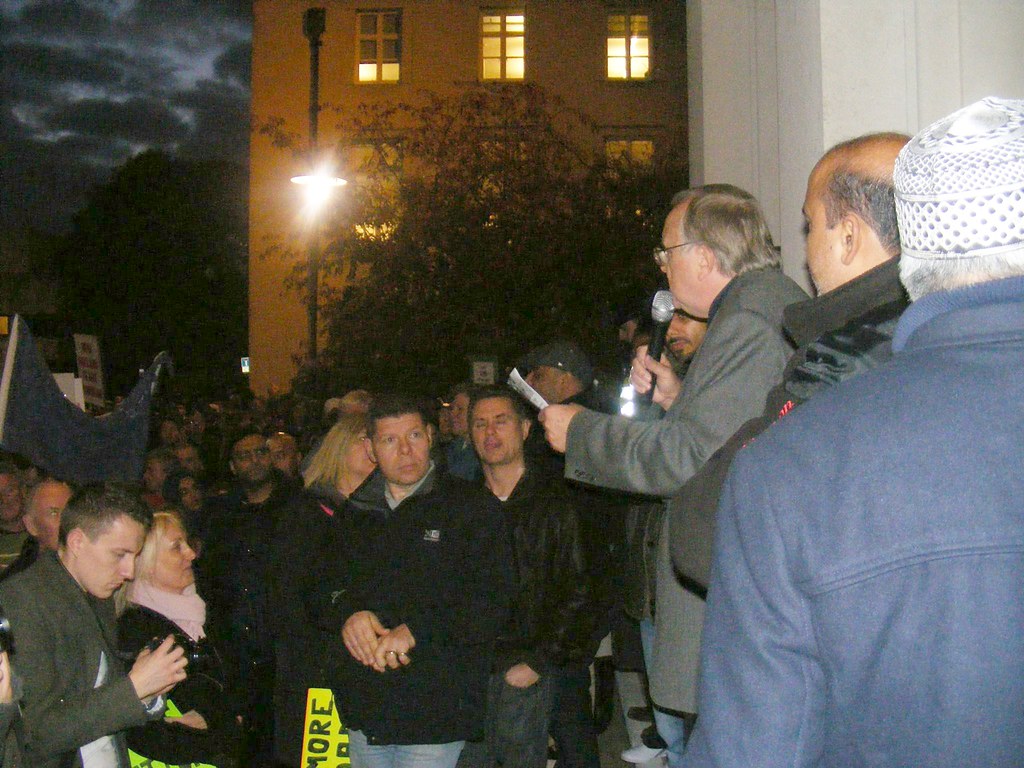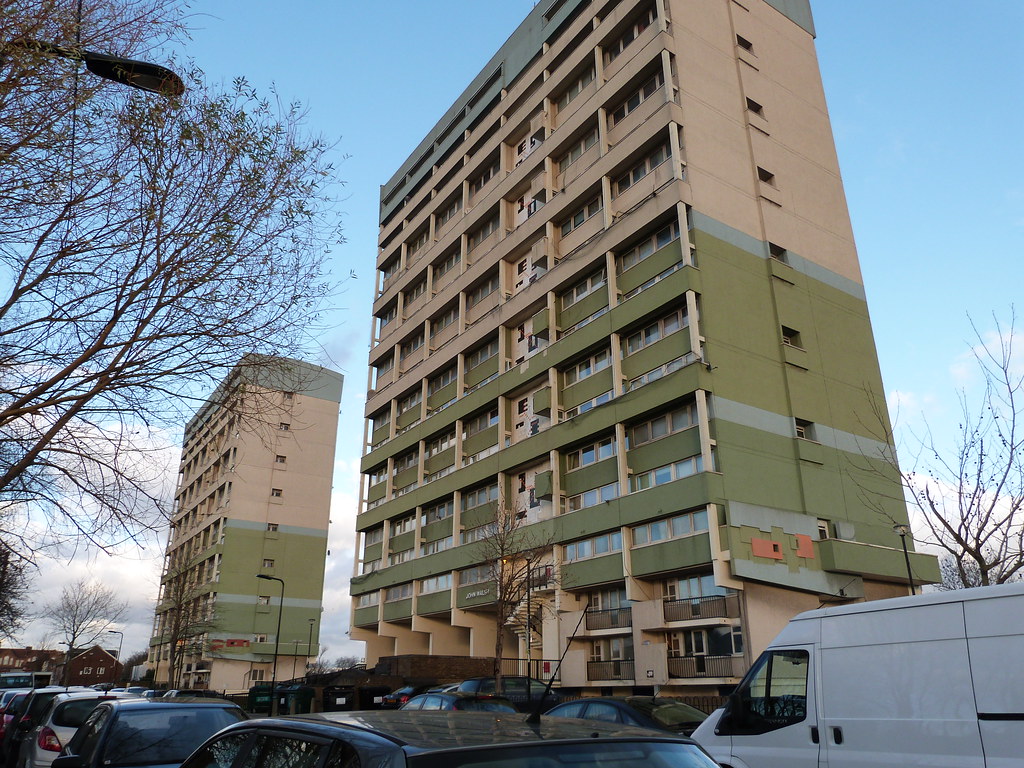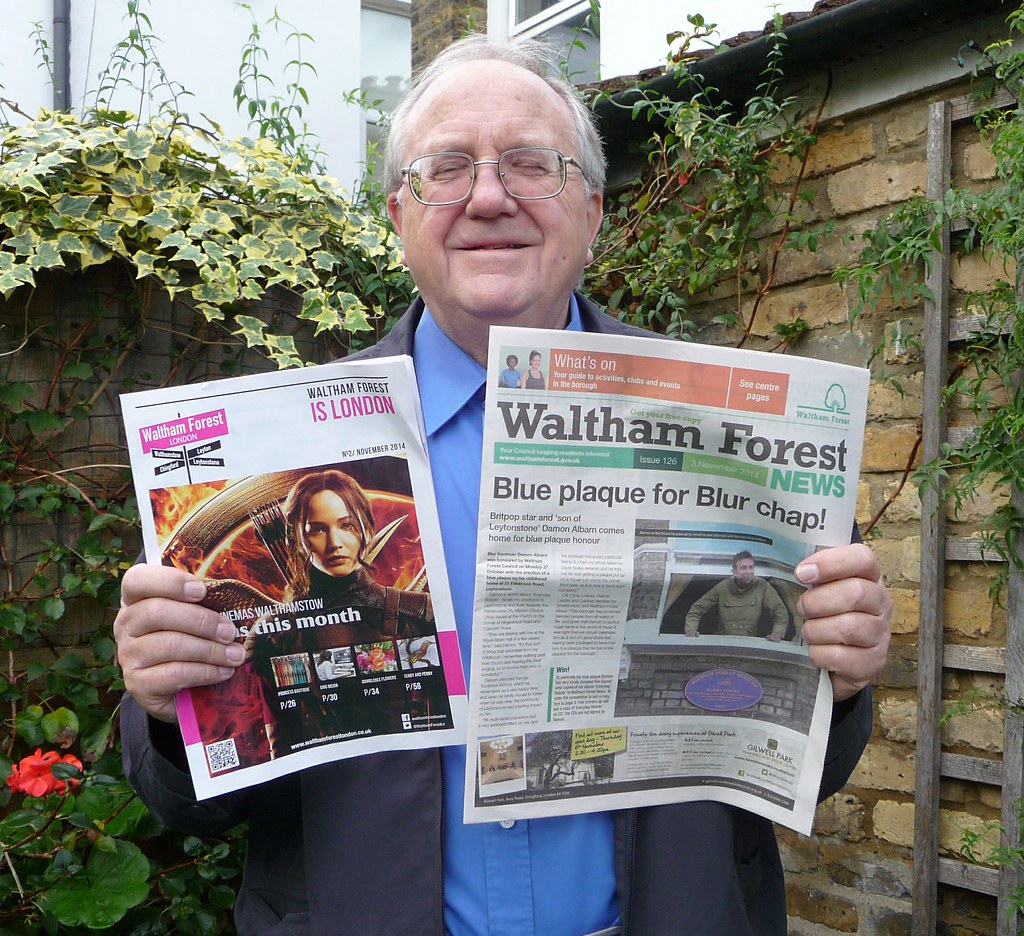13 January 2015
By Tom de Castella – BBC News Magazine
In 2007 the Labour government set a target for 240,000 homes to be built a year by 2016. The UK is nowhere near that. Why?
For decades after World War Two the UK used to build more than 300,000 new homes a year. Recently it’s managed about half that.
The country is facing up to a housebuilding crisis. A decade ago, the Barker Review of Housing Supply noted that about 250,000 homes needed to be built every year to prevent spiralling house prices and a shortage of affordable homes.
That target has been consistently missed – the closest the UK got was in 2006-07 when 219,000 homes were built. In 2012-13, the UK hit a post-war low of 135,500 homes, much of which was due to the financial crisis. Last year the figure recovered slightly to 141,000 homes. Labour’s 2007 target has been dropped by the coalition.
In May 2014, Mark Carney, governor of the Bank of England,complained that housebuilding in the UK was half that of his native Canada, despite the UK having a population twice the size. The consequences have been rocketing prices in London, the South East and some other parts of the country.
How did it become so hard to build houses?
Planning permission
About 95% of housebuilders surveyed this year thought that the “modest” industry target to build 200,000 new homes a year by 2016 was unachievable.
The planning system and local opposition to building were two of the main reasons cited. The Home Builders Federation says that while things have improved recently the planning system is “still far too slow, bureaucratic and expensive”.
And yet the government announced recently that in the year to September 2014, the number of planning permissions for new homes reached 240,000. Housing minister Brandon Lewis says that it’s a sign the government’s planning reforms are working.
In 2012, the government attempted to simplify the planning system by introducing a slimmed-down National Planning Policy Framework. Matthew Pointon, property economist at Capital Economics, says the NPPF is working. “In the past, planning was a big part of why we didn’t hit our targets.”
The HBF says it can still be slow to get from outline to detailed planning. There are over 150,000 plots for new homes with outline planning permission that are stuck in the system waiting for detailed permission, says HBF spokesman Steve Turner. But the steady rise in detailed planning permissions being granted over the last four years – from 158,000 in 2011, 189,000 in 2012, 204,000 in 2013 and 2014’s 240,000 figure – shows that the planning system is speeding up, says the government.
Chris Walker, head of housing and planning at think tank Policy Exchange says the 240,000 is a positive step. The question is whether the upward trend will carry on. It could just be a correction after the low levels of building following the financial crisis. And not all permissions are built, many expire. “We probably won’t get to 200,000 on the back of that 240,000,” Walker says.
The government has abolished national and regional planning housebuilding targets. Leaving everything to local decision-making encourages Nimbyism, says Kate Henderson, chief executive of the Town and Country Planning Association. She cites a doubling of legal challenges on local plans by planning inspectors who are picking councils up on not assessing their housing needs properly. “There’s a lot of pressure from politicians in certain areas to suppress housing figures.”
But housing minister Brandon Lewis says the rising number of permissions shows the tide is turning. And he rejects the idea that replacing regional planning targets with local decision-making has increased Nimbyism. He points to the British Social Attitudes survey, which showed a 19% rise in the number of people who support homes being built in their area.
Lack of available land
For homelessness charity Shelter a shortage of available building land is the main reason for the housing shortage. “We fail to provide enough land at prices that make it possible to build decent, affordable homes,” a spokesman says. Land prices have inflated “massively”, Shelter says. Residential land prices rose 170% from 2000 to 2007 compared to house prices which rose 124%, according to the IPPR.
Land is the main long-term constraint, agree both the private sector HBF and the National Housing Federation (NHF), which represents housing associations. The NHF says that local plans drawn up by councils often fail to identify enough land to meet local housing needs.
A Department for Communities and Local Government (DCLG) spokeswoman says: “We’re well on track to have released enough formerly used, surplus public sector land for 100,000 homes by the end of this parliament – and the Autumn Statement included plans to identify similar land for an additional 150,000 homes in the next five years.”
This will help, says Jeremy Blackburn, head of policy at the Royal Institution of Chartered Surveyors. But public sector land is only a small part of the picture. Private landholders needs to be encouraged to release sites for homes.
One of the most controversial areas of possible reform is around the greenbelt – the protected zones around urban areas in the UK. It would help to relax the rules, Blackburn argues. Often the greenbelt could be built on with green space released elsewhere to compensate, he says.
Councils have always been able to build on the green belt in special circumstances. In August 2014 it was reported that 15 homes are approved on the greenbelt every day. And in October communities secretary Eric Pickles responded by saying he would be tighten the government’s new planning rules on the subject of the greenbelt. While many in the planning and construction industries might like the greenbelt to be opened up to building “where appropriate”, politicians are unlikely to agree to something so controversial with voters.
Housebuilders sit on land and hold back homes

E
Ebbsfleet awaits development as a new garden city
Housebuilders in possession of large sites will often develop them gradually rather than build and sell the homes off quickly, says Pointon.
It’s supply and demand – release a few at a time and the price remains high. Release a lot at once and the value of the properties falls.
“By building them out more slowly it means they can maximise the value of their assets,” Pointon says.
It may be in their business interest to do this, says Henderson. But what it means for the country is that developers are sitting on land for houses that could be put on the market and relieve the housing shortage. It shows the need for the state to take charge of developing large sites so that not all the homes are under the control of the big housebuilders, she says.
The HBF says that big sites take years to develop. “Housebuilders can only build at the rate a local market will support,” says Steve Turner. “You cannot build out a site for 5,000 houses instantly or indeed put them up for sale in a local market at once. So when local authorities are drawing up their local plans it’s imperative they include more smaller sites and not just a few large ones which inevitably take years to build out.”
The State no longer builds
March 1949: Aneurin Bevan opens the 500th permanent house built in Elstree since the end of WW2
Between the late 1940s and late 1950s councils built more homes than the private sector. Right up to the late 1970s local authorities were building 100,000 homes a year. But with the election of Margaret Thatcher in 1979 housebuilding by local authorities fell.
Private sector construction rose, but not by enough to compensate for the fall in public sector building. Housing associations were supposed to fill the gap but have come nowhere near the state’s building figures, says Glyn Robbins, a supporter of pressure group Defend Council Housing. Councils’ exit from housebuilding is “fundamental” to today’s housing shortage, he believes.
Kate Henderson, of the Town and Country Planning Association, agrees. The current failure to build anything like the numbers from the 1950s and 1960s – when councils were building as many homes as the total housebuilding figure today – shows the private sector is incapable of delivering on its own, she says.
A brief history of social housing
- End of WW1 and the “Homes fit for heroes” campaign leads to Housing Act 1919 which requires councils to provide housing
- Destruction of thousands of houses during WW2 sparks major boom in council housing, shaped by New Towns Act 1946 and Town and Country Planning Act 1947
- Council tenants given the right to buy their homes by the Housing Act 1980, introduced in the early days of Margaret Thatcher’s Conservative government

Both Labour and the Liberal Democrats are arguing for the state to once again commission and build homes. It may not be the mass council housing of old though. Today they talk about development corporations that can buy up the land and work with other partners to build housing for different tenures – Labour calls its model New Homes Corporations. It’s rather like the New Towns, says Henderson. “Once you grant planning permission the value shoots up,” says Henderson. “So the state can capture that and deliver affordable housing.” Garden cities are ripe for this kind of development corporation approach, she says.
But Brandon Lewis says that the government’s flagship garden city of Ebbsfleet will be developed mainly by the private sector. He is cautious about the state getting involved in housebuilding – the country has to “live within its means”. But he does point to the government’s extra investment for councils to help them build new affordable homes across the country.
It is not quite right to say the private sector has never managed to build enough homes on its own. It did so, albeit in the 1930s. The number of houses built by the private sector rose from 133,000 in 1931-32 to 293,000 in 1934-35 and 279,000 in 1935-36. However it was a very different economic context – the UK was trying to stimulate its economy after the Great Depression and mortgage conditions were very different to today.
Housing associations hamstrung
Since the state stopped building homes, non-profit making housing associations have been given the job of providing social housing. In 2013 housing associations built 21,600 homes. The Policy Exchange says that number could increase radically if regulation of housing associations is relaxed.
The NHF agrees that its members’ building ambitions are thwarted by unnecessary restrictions. There are rules over how they set their rents, how properties are let and how housing stock is valued for lending purposes. These all reduce housing associations’ ability to borrow money for housebuilding, says Rachel Fisher, head of policy at the NHF.
And then there’s money. The 2010 Spending Review reduced the DCLG’s annual housing spending – which supports social housing – by about 60% to £4.5bn for the four years starting 2011-12, compared with £8.4bn over the previous three years.
This is at a time when an estimated 1.7 million people are on the social housing waiting register in England. A DCLG spokeswoman says the government has provided over 200,000 affordable homes since 2010. It will deliver 275,000 more affordable homes between 2015 and 2020, leading to the fastest rate of affordable housebuilding for two decades, she adds.
Skills and materials shortages
What is holding up building in the short term is a lack of materials and labour, says Pointon. The surge in demand in late 2013 and early 2014 led to materials such as bricks running out.
Construction workers left the industry during the financial crisis and the industry has struggled to recruit enough skilled labour to catch up with increasing demand. It will take some time before enough workers retrain to work in construction, he says. In November 2014, the government set out a range of steps to try to recruit new construction workers. One of the proposals suggested bringing former military personnel on to building sites.
Fewer small builders
Today housebuilding is concentrated in fewer hands. The financial crisis hit housebuilders hard. In 2007, there were 15 firms providing more than 2,000 homes a year. The following year there were just six.
Small housebuilders – those building fewer than 100 homes a year – built just 20,000 homes in 2013, the Financial Times reported. A decade earlier it had been 51,000. A survey in 2014 by trade body the National House Building Council found that half of small builders cited banks’ reluctance to lend as a serious problem.
The government says it has put in place a range of measures to support small builders. For instance, builders of 10 or fewer homes do not have to pay costly Section 106 affordable housing and tariff style contributions. And it has offered a £525m Builders Finance Fund to get work restarted on stalled smaller sites.









 E
E






